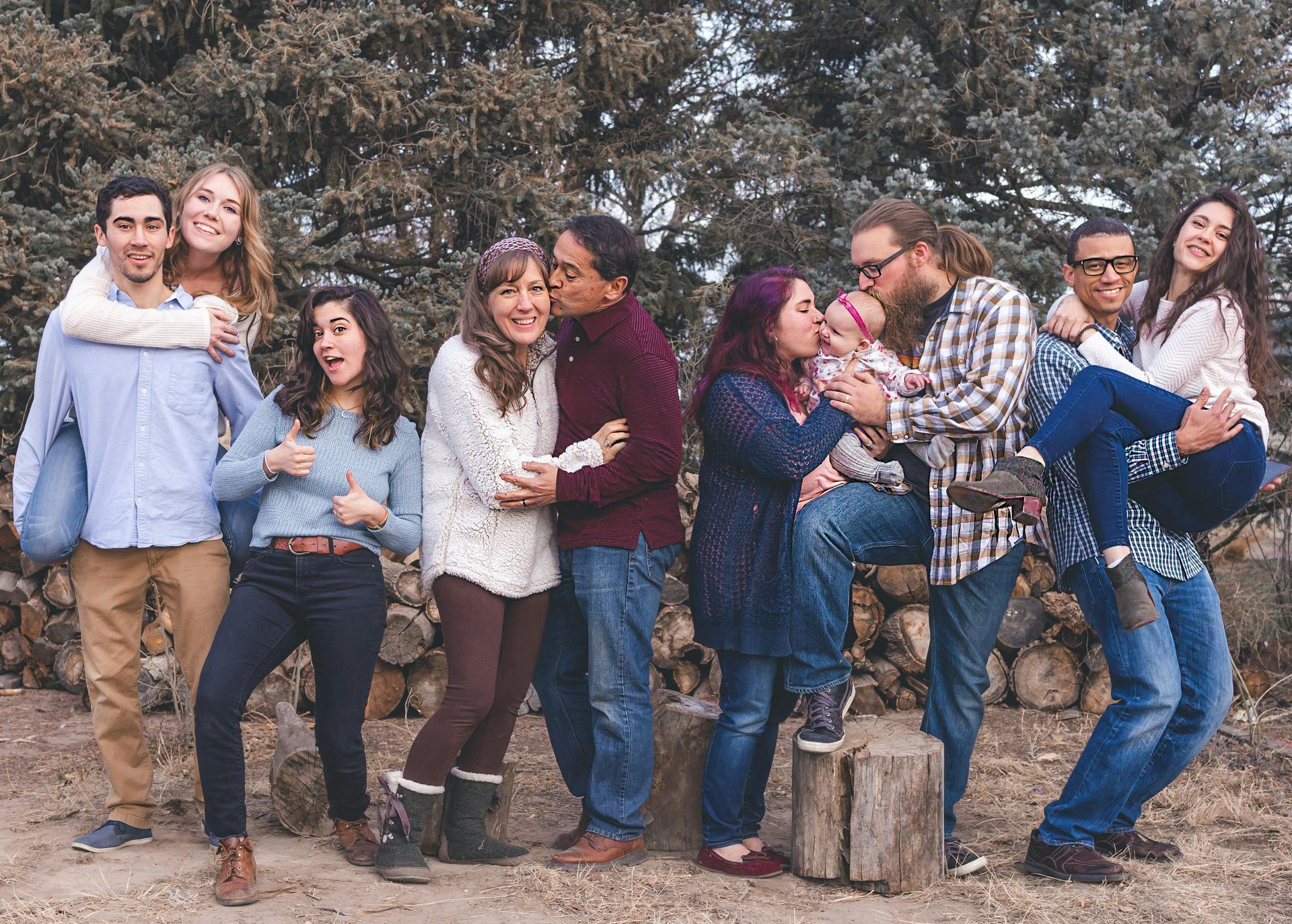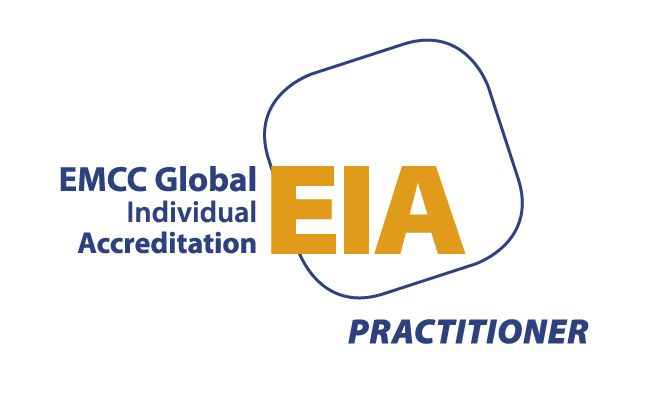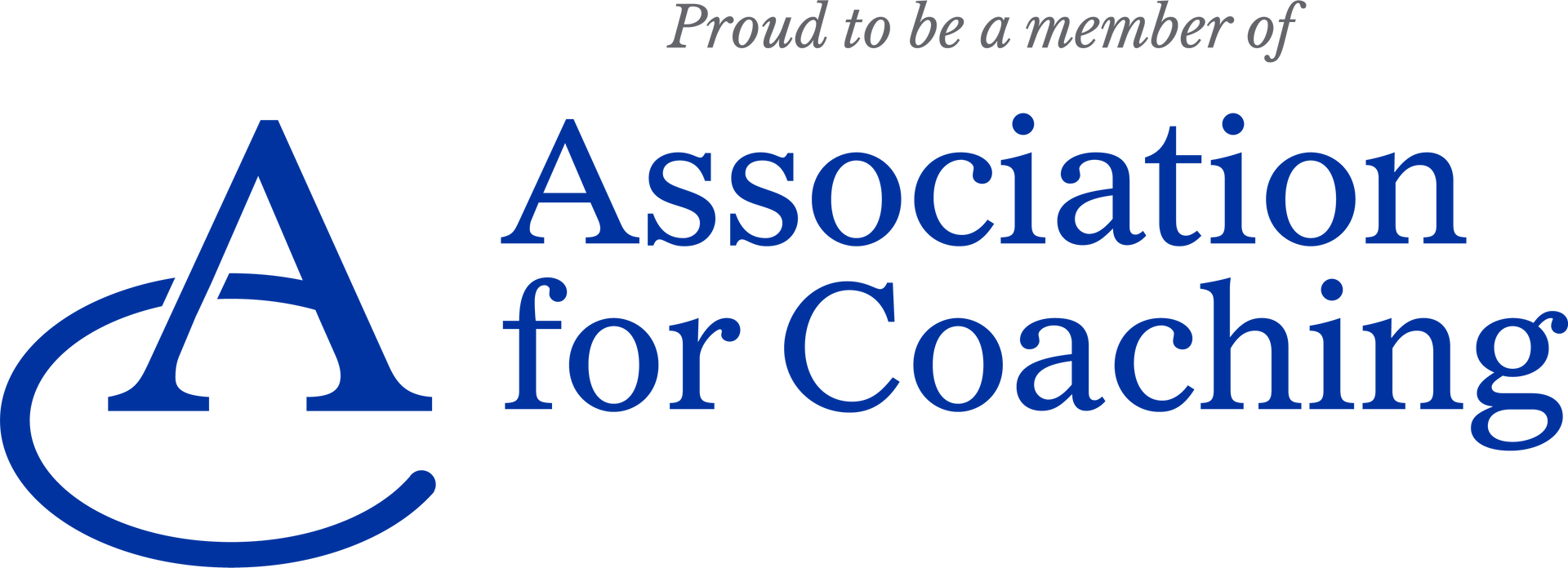Step towards your purpose
Barbra Carlisle • April 16, 2025
Time is ticking, you want to do something with more impact

Tom left a business where he had excelled as a leader and influencer for over a decade, where opportunities were still knocking at his door. He didn’t get head hunted, he didn’t get disillusioned, he loved his team, he was stimulated daily.
So why?
To follow a passion that he had had for many years, to invent an e scooter that meets the needs of people with mobility challenges.
What do you need within you and around you to take that step into the unknown?
To leave a stable job to follow your purpose might sound like something reserved for mavericks or those with a financial cushion. But more and more leaders in the UK are doing just that—and not because it’s easy, but because they know they have more to offer the world.
The Evidence
According to research by the CIPD (2023), over 1 in 5 UK professionals are actively considering a career change, with “lack of meaning” cited as one of the top three drivers. And among senior leaders, this pull toward purpose is even stronger, especially post-pandemic.
The British Academy’s “Future of the Corporation” programme argues that business purpose beyond profit isn’t just good ethics—it’s good strategy.
Purpose-led companies in the UK are outperforming their peers in
- employee retention,
- customer loyalty, and
- innovation (PwC, 2021).
It may not make everyone stay but it is certainly going to help people feel aligned with their employer.
The Transition Tension
When I work with clients at this kind of crossroads, the question they often wrestle with isn’t just “What am I about to do! am I crazy? Will it work?”. They tend to be of the opinion – “If I don’t do it now I will never do it”. And it is here that I will always ask them about their gut feeling on the issue. Knowing your internal voice.
Inside each of us, there’s often a quiet negotiation happening. One part of you wants to hold on to what’s known—what’s safe (we call this your Guardian voice). Another part (perhaps the Nurturer voice) is whispering about what really matters to society and the people affected. And then there’s the bolder voice, the Pioneer, ready to look well into the future and strategize how to get there. The challenge is not choosing one over the other—but recognising and aligning these internal drivers/voices so you can lead from wholeness, not restlessness.
When I coach, I help leaders map these differences early. To identify what their key drivers are, and how their personality preferences can aid / limit them from doing something different to what they have done before.
Next step
Following your purpose takes structure, not just passion. It’s about aligning your internal compass, building external scaffolding, and learning how to lead yourself before you lead others. Thinking about your next chapter? Give me a call and we can talk about your next step together. book here https://zcal.co/barbracarlisle/30min

Introduction Going down to London a couple of weeks ago I was looking forward to putting on a good podcast and ignoring everything and everyone around me. That is until a woman, Melanie, came and plonked down next to me, with her pile of papers and her phone ringing. Once she had taken the call, she smiled at me, I smiled back and this led to a 2 and half hour conversation on all things from professional development to managing long distant relationships. I got off the train more energised, connected and ready for the day than if I had stuck my headphones in. We arranged to meet for a coffee back in Liverpool. Why am I telling you this? Because in business, we often talk about the importance of networks and collaboration—but what if some of the most transformative insights come not from your inner circle, but from a stranger on a train, a chance encounter at a conference, or a casual conversation over coffee? The Research A recent UK study from the University of Essex (Sandstrom et al., 2022) showed that small talk with strangers can significantly improve mood, empathy, and creativity. More importantly, these fleeting interactions often lead to the sharing of ideas that would otherwise remain siloed. In a time when innovation and agility are everything, this matters. Another UK study by Nesta (2019) on innovation diffusion found that ideas spread faster in communities where “weak ties” are strong—those acquaintances and peripheral connections that sit just outside our usual networks. They introduce novelty and challenge groupthink, something every CEO navigating complexity should pay attention to. The Leadership Lens When I work with CEOs, those in peer networks always value that outside in perspective, a fresh set of eyes. When I interviewed Tom Morgan for The Unlikely Executive Podcast he highlighted the power of talking to absolute strangers. His stranger was on the side of a soccer pitch. Showing that real breakthroughs can happen when you put down your guard and just share what your thoughts and ideas are. The 5 Voices framework reminds us that each person has a unique voice—and when we only surround ourselves with people who speak “like us,” we lose access to vital perspectives. When leaders only stay within their trusted circle, something important is lost. You may protect consistency and control (a strength of the Guardian), but you risk missing the unexpected insight that could change everything. Often, it’s the Creative or Connector in the room who first sees the value in an offhand comment or a half-formed idea. These seemingly small conversations—ones we often don’t prioritise—are where innovation is born.” The Call So here’s an invitation: be deliberate about bumping into brilliance. Attend a meet-up that’s outside your industry. Talk to a stranger, say hello as a starter! This method was used by Mel Robbins to great effect when she moved home and is outlined in her brilliant book Let Them. Most of all, create cultures where your team talks beyond their silos too. You might be surprised by where the next big idea comes from—and who it comes from. Curious what kind of conversations might unlock new thinking for you as a leader? Let’s talk. barbra@gleecoaching.com

Introduction Starting a business with friends is thrilling. There is an overarching sense of relief that you don't have to do it alone -you can do it with your bestie! yay! Fast forward 18 months, and the Yay! can turn into Nay! Misaligned expectations, unspoken assumptions, and personality clashes often threaten what was once a shared vision. How can co-directors stay aligned—and stay friends? The Research The UK’s ScaleUp Institute (2022) found that the biggest internal challenge to scale-up growth isn’t funding or sales—it’s leadership alignment. Misalignment at the top leads to strategic drift, team confusion, and burnout. The London Business School’s study on entrepreneurial team dynamics (Lechler & Ensley, 2021) highlights that psychological safety, clear communication, and complementary leadership styles are essential for co-founder success. The Voice of Alignment Most founder teams don’t fall apart because they disagree on what they want to build. It’s how they build it—how they make decisions, how they handle conflict, how they communicate under pressure. One founder might lead with relentless vision, what I call the Pioneer perspective, while another is carefully evaluating risk (taking a Guardian perspective). One might want harmony above all else (Nurturer), and another thrives on energy and visibility (Connector). The key is not to flatten those differences, but to name and honour them.” As a co-director of a brilliant social research agency Michael and I were super excited when we set out - we even got to take clients with us! Yay! However our personalities and life stage were so so different that tensions started to arise. - One of us wanted to renegotiate the agreed starting salary - one of us didn't - One of us was a laissez faire leader, one of us wasn't - One of us put our people first, one of us didn't - One of us blended work with social life, the other just wanted to go home and be with their family - One of us was single and footloose, one of us was married with responsibilities. None of the above were unresolvable but we were unable to resolve due to lack of appreciation of each other, and pressures from around us. I wish I had sought out the support of a coach, I would have loved it if we had both had coaching before it was too late. The Call If you’re building something with someone you respect and care about, take the time to build how you build. A business plan is vital—but so is a relationship plan. Talk to one another about your needs and desires, and share your observations on how you think the relationship, not just the business is going. Let’s ensure your founding team is aligned not just on the product, but on purpose, pace, and process. If you want to run through your thoughts get in touch with me, I would love to be able to help you, and your friend, be totally awesome! https://zcal.co/barbracarlisle/30min


